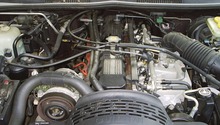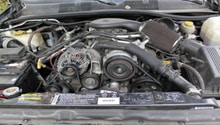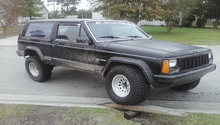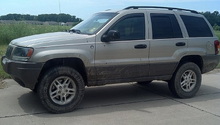Jeep Cherokee 1984-2001: Why Won't My Jeep Start?
There are many causes to why your Jeep Cherokee isn't starting. Read on to get some insight on the issue.
This article applies to the Jeep Cherokee XJ (1984-2001).
Nothing is worse than going to start your Jeep Cherokee and you get nothing. There are different causes to why your Jeep isn't starting; some could be easily fixed, while others will take a bit more work. Even though cars may seem like complicated machines, diagnosing them is much easier than you may think. It's simply a list that you have to go through until you get down to the source of the issue. In this guide, we will go over the most popular causes for a car's no-start, and we will cover some information about the faulty components as well as whether they can be fixed or replaced. Read on to learn why your Jeep isn't starting.

Material Needed
- Jumper cable
Step 1 – Check your battery
It could be drained.
The absolute most common reason for a non-start is a drained battery. This happens when you forget to turn off one of your electric components in your Jeep, such as the radio or the lights. A sign of a bad battery is clicking noise when you try to start it. This means the starter is trying to engage but is getting no current. Get jumper cables and connect the red cable to the positive terminal of the bad battery, then connect the other end of the red cable to a helping, working car. Connect the black terminal to the negative terminal of the dead battery, then connect the other end to the good battery. Wait a few minutes, and then start the car. If it starts, drive a round for a while to recharge the battery via the alternator. If the battery keeps losing charge, then you'll have to replace it.
Also, check the battery terminals. If they are covered in corrosion, this may cause restriction of current, which will cause the car to not start. Remove the terminals and clean them with backing soda, then connect them and try to start the car again.
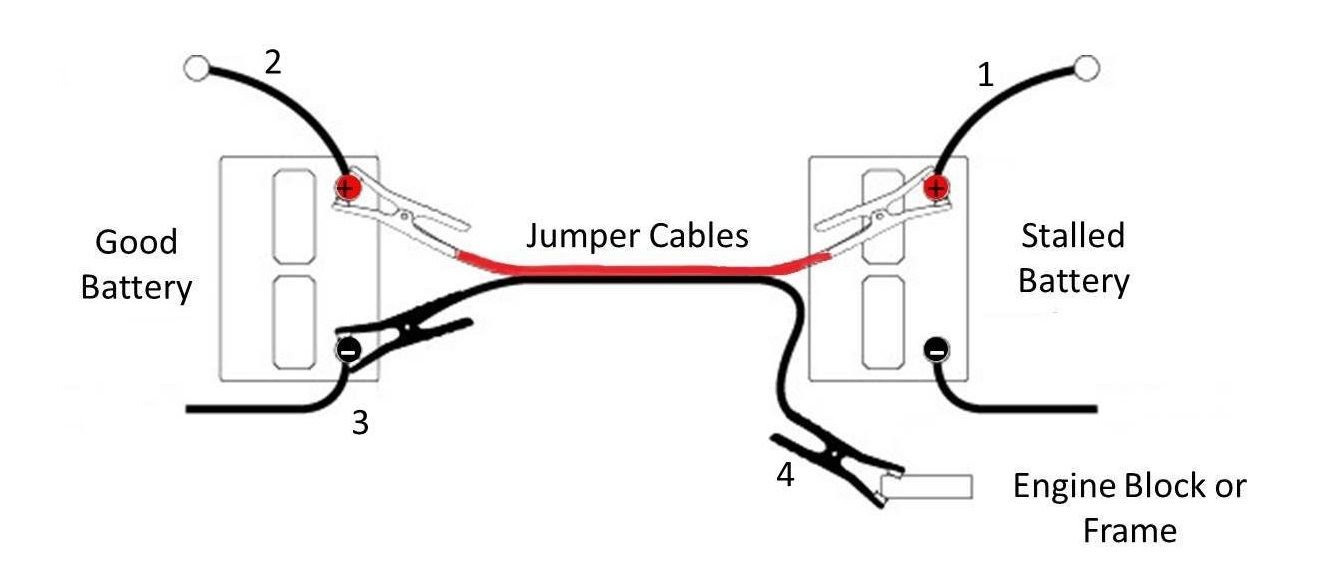
If the battery is charged, proceed to Step 2.
Step 2 – Check your starter
It could be faulty.
If you hear a clicking noise when you try to start your car, it means your starter is fine; the clicking noise is your starter trying to crank your car but is getting no current from the battery. If you've checked your battery, then the next possible cause is the starter. Check the wires going in and out of the starter, as sometimes they corrode and current doesn't flow through them. If they look like they're in a rough condition, replace them. Keep an eyes on your instrument panel, and if everything dims while you're starting the car, this could be a sign of a bad starter.

If you discovered your starter is working, move on to Step 3.
Step 3 – Check the fuel flow
Your fuel could be restricted.
If you hear a crank when you try to start your Jeep but it doesn't actually turn over, this could be a sign of fuel restriction. The most common reason the fuel isn't flowing to your engine is a clogged fuel filter. A fuel filter is designed to filter all the gas going from your fuel tank to the engine, so over time, it gets clogged with dirt, restricting the fuel going to the engine and causing your Jeep to not start. The fuel filter in the Cherokee is inside the tank as part of the fuel pump, which could also be the problem. The difference in symptoms between a bad fuel filter and a bad fuel pump is that a bad fuel filter will cause hesitation from a stopping position or when you step on the gas, while the pump will cause your car to sputter at higher speeds without you stepping on the gas pedal. However, they can both cause a no-start.

If you have no fuel issues, proceed to Step 4.
Step 4 – Check your spark plugs and wires
You may not be getting spark.
The spark plugs are a part of the regular maintenance, and since a lot of people ignore them, they die and not give enough spark to make the vehicle start. The spark plug wires could also be worn and could cause restriction in the flow of current. You can visually check the wires for any cracks or wears. To check the spark plugs, pull them out and inspect their tips. If they look burnt, replace them with fresh ones.
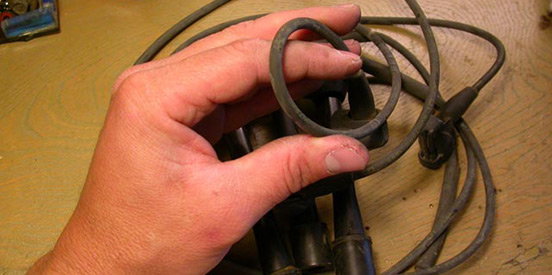
Figure 4. Bend wires to check for cracks. 
Figure 5. Bad vs. good spark plugs.
Related Discussions
- Battery Not Charging - CherokeeForum.com
- Jeep Won't Turn Over - CherokeeForum.com
- Cranks but No Spark - CherokeeForum.com

